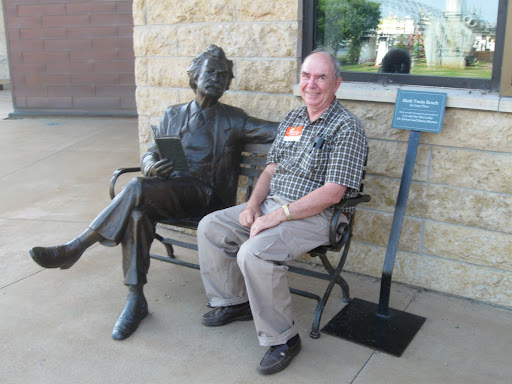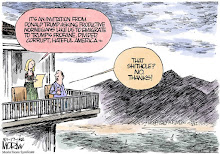As a child mother took me each Saturday morning to the
Children’s Room at the downtown St. Paul public library. Since then reading has
been one of my favorite avocations. What a list of books that would be if only
I had kept track. Beside the fun of reading comments that people make to the books I'm reading, this blog is a neat way of keeping track...:)
This week I’m into historical fiction, courtesy of the inexpensive books found at our local Goodwill Store. My current reading is a book titled Devil’s Brood by Sharon Kay Penman. It is the third in the author's Eleanor of Aquitaine series. Fiction based on facts about of King Henry II and his family. This family is tearing itself apart as his four sons reach adulthood. Henry sees Eleanor first as his wife and Queen. Then as the Duchess of Aquitaine. She sees herself as the Duchess first and then as his Queen and wife. Their sons Hal, Richard, Geoffrey and John each have their own ambitions and desires. A family tragedy is writ large around marriage, child-parent relationships, sibling rivalries, ambition, betrayal and just plain greed. The historical facts and descriptions of the 12th century ring true to me. Even more compelling is the author's psychological fine tuning of the main characters motivations. The dialogue is often riveting.
Years ago. I had enjoyed watching Katherine Hepburn win her
third Oscar as Eleanor in the film The Lion In Winter. This book exceeded my
expectations bringing the story once again to life. I loved this book. I can’t
wait to go back now and read the first two books in the series and those of Richard the Lion Heart to follow...This week I’m into historical fiction, courtesy of the inexpensive books found at our local Goodwill Store. My current reading is a book titled Devil’s Brood by Sharon Kay Penman. It is the third in the author's Eleanor of Aquitaine series. Fiction based on facts about of King Henry II and his family. This family is tearing itself apart as his four sons reach adulthood. Henry sees Eleanor first as his wife and Queen. Then as the Duchess of Aquitaine. She sees herself as the Duchess first and then as his Queen and wife. Their sons Hal, Richard, Geoffrey and John each have their own ambitions and desires. A family tragedy is writ large around marriage, child-parent relationships, sibling rivalries, ambition, betrayal and just plain greed. The historical facts and descriptions of the 12th century ring true to me. Even more compelling is the author's psychological fine tuning of the main characters motivations. The dialogue is often riveting.
Click icon for more
book review blogs
@Barrie Summy
book review blogs
@Barrie Summy














